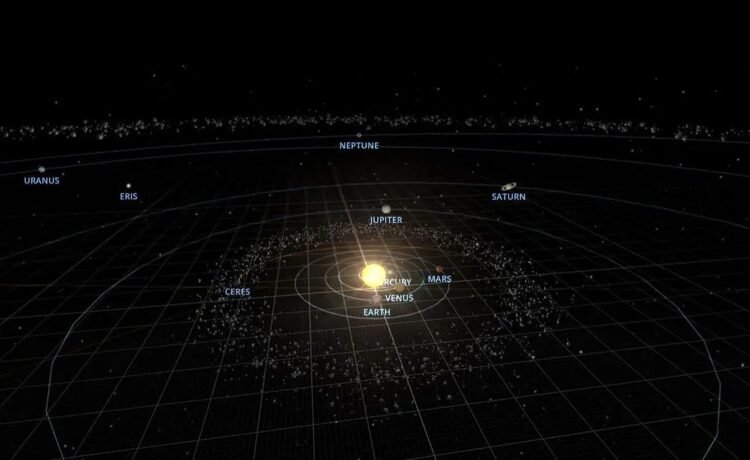Scientists are notoriously resistant to new ideas. Are they falling prey to groupthink? Or are our current theories just that successful?
It’s often said that the great arc of science always bends towards the truth, but sometimes it takes an awfully long time to get there. Around 500 years ago, there was really only one scientific phenomenon that was, without controversy, extremely well-understood: the motion of the celestial objects in the sky. The Sun rose in the east and set in the west with a regular, 24 hour period. Its path in the sky rose higher and the days grew longer until the summer solstice, while its path was the lowest and shortest on the winter solstice: part of the annual cycle. The motions of the stars also exhibited a similar 24 hour period, as though the heavenly canopy rotated throughout the night. The Moon migrated night-to-night relative to the other objects by about 12° as it changed its phases, while the planets wandered according to the geocentric rules put forth by Ptolemy and others.
Many who study science often ask themselves, “How was this possible?” How did this geocentric picture of the Universe go largely unchallenged for so long: for over 1000 years? There’s a common narrative but untrue narrative that certain…















